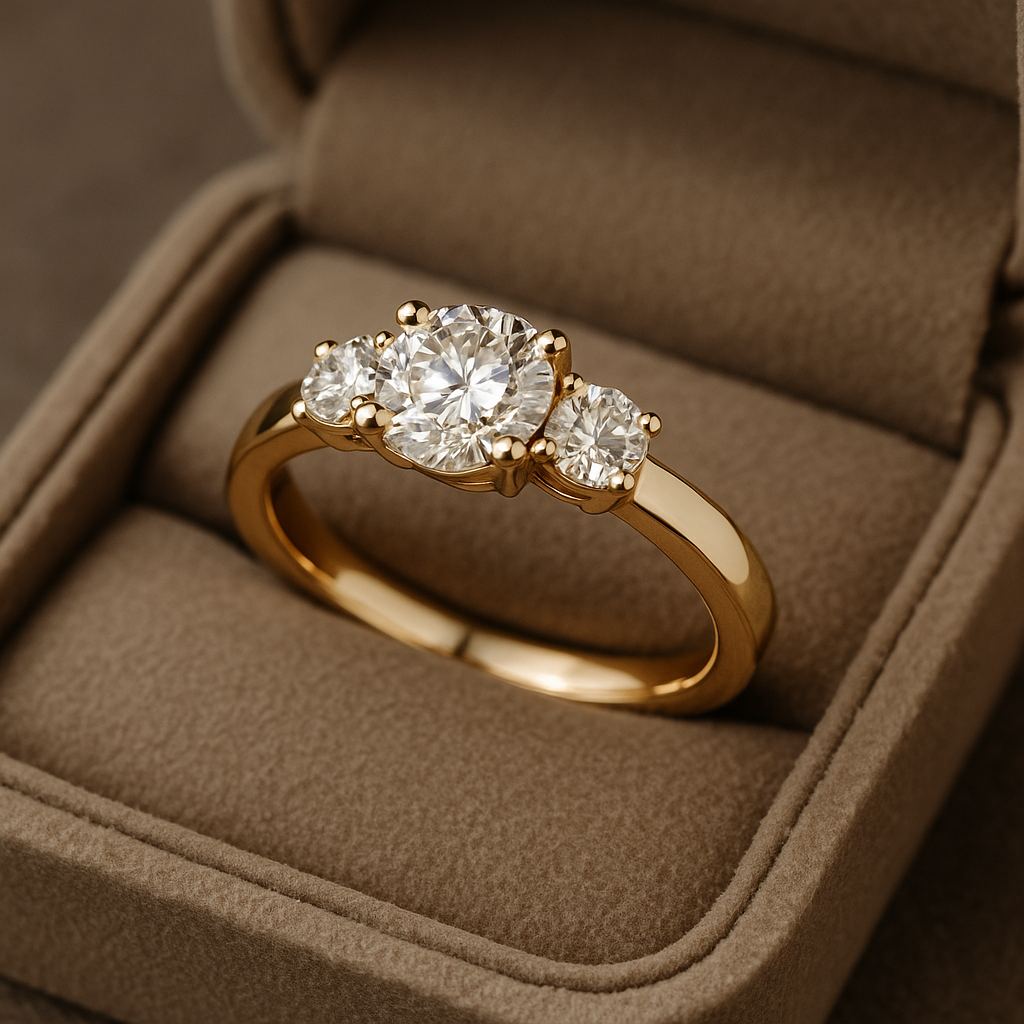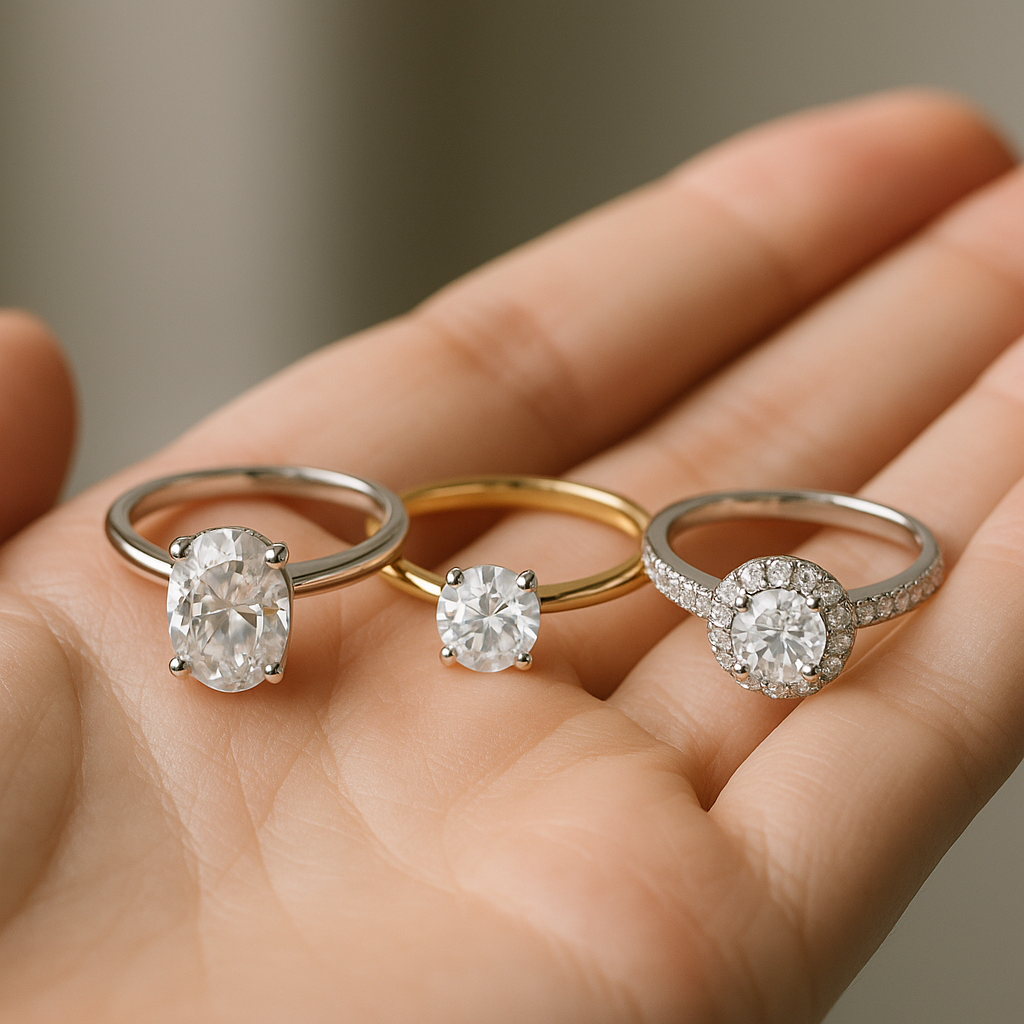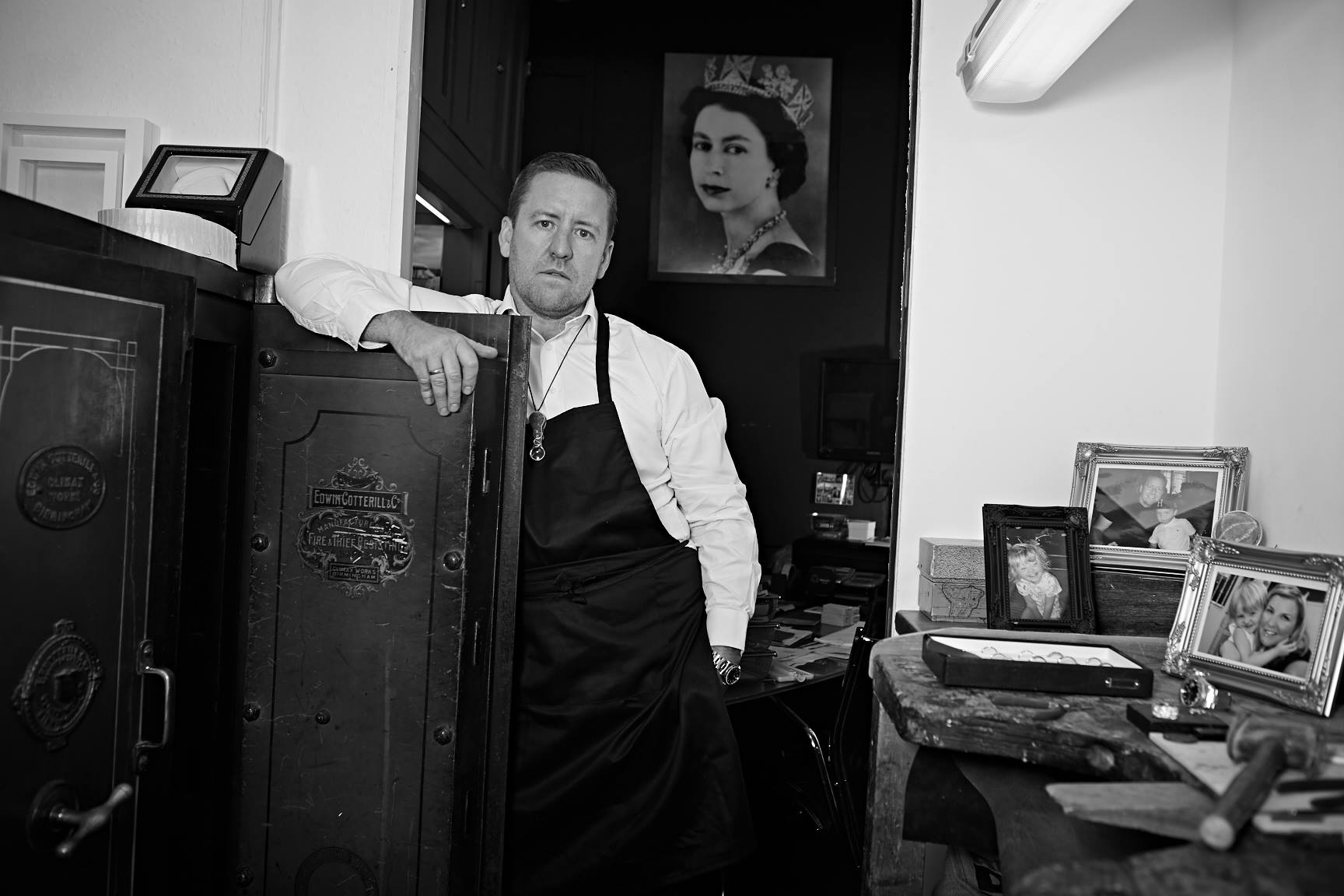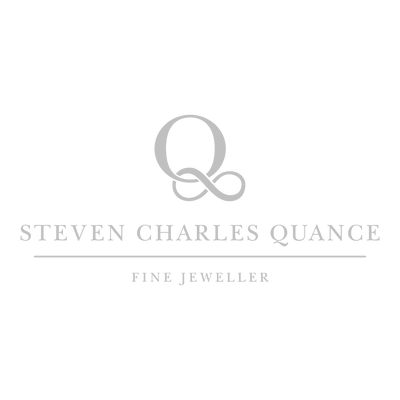Custom Jewellery Designer
A Custom Jewellery Designer is a professional jeweller who creates personalised, one-of-a-kind pieces of jewellery tailored to your style, preferences, and specifications. Unlike off-the-shelf jewellery, custom designs allow clients to choose every detail, from the type of metal to gemstone selection, setting styles, and engraving options.
Custom jewellery designers typically work by consulting with clients to understand their vision, creating sketches or 3D models, and then crafting the piece either by hand or using advanced techniques. They can transform ideas into engagement rings in Birmingham, bespoke wedding rings, or unique pieces for special occasions.
These designers are useful because they offer:
- Complete personalisation, ensuring the piece is unique.
- Expert guidance on materials, gemstones, and settings.
- High-quality craftsmanship that mass-produced jewellery cannot match.
- Ethical and sustainable sourcing options, including lab-grown diamonds and ethically mined gemstones.
need help choosing your ring?
Book you personal consultation
Your engagement ring should tell your story — and Steven will make sure it does. Whether you meet in person at his Birmingham studio, chat over Zoom, or talk on the phone, every consultation is a relaxed conversation focused on understanding your style, budget, and ideas. Together, you’ll design a one-of-a-kind piece that’s handcrafted to perfection, with expert guidance every step of the way.

Who Would Want a Custom Jewellery Designer in Birmingham?
Custom jewellery appeals to anyone who values individuality and quality. This includes:
- Couples seeking Jewellery Quarter engagement rings or wedding rings in Birmingham that perfectly reflect their relationship.
- Individuals looking for a meaningful gift, such as a personalised diamond ring.
- Collectors or fashion-conscious clients wanting bespoke jewellery in Birmingham that stands out.
- Those who prioritise ethical and sustainable jewellery, like diamond jewellery Quarter crafted from responsibly sourced materials.
Essentially, anyone wanting a unique, handcrafted piece from a trusted jewellery designer in Birmingham would benefit from working with a custom jeweller

Services Offered by Steven Charles Quance
Steven Charles Quance is a leading jewellery designer in Birmingham, renowned for his bespoke services. His offerings include:
- Engagement Rings: Custom-designed Birmingham Jewellery Quarter engagement rings tailored to your style, from classic solitaires to modern designs.
- Wedding Rings: Unique Birmingham Jewellery Quarter wedding rings that match your engagement ring perfectly.
- Bespoke Jewellery: Personalised pieces including necklaces, bracelets, earrings, and statement rings, crafted to your specifications.
- Diamond Rings: Expertly designed diamond ring jewellery Quarter Birmingham, highlighting ethically sourced and lab-grown diamonds.
Clients can visit his jewellery shop Birmingham to explore materials, settings, and designs, ensuring every creation is both personal and timeless.

Why Choose Steven Charles Quance?
Steven Charles Quance stands out as a jewellery designer in Birmingham because of his commitment to:
- Handcrafted Excellence: Every piece is meticulously crafted by hand for superior quality.
- Ethically Sourced Materials: All diamonds and gemstones are lab-grown or responsibly mined.
- Lifetime Guarantee: Clients can enjoy peace of mind with a lifetime guarantee on their jewellery.
- Customisation: Each piece is fully personalised, from rings jewellery Quarter in Birmingham to bespoke necklaces.
Whether you’re searching for jewellery stores in Birmingham with high-quality, ethical pieces or expert guidance on Birmingham jewellery, Steven Charles Quance delivers unmatched craftsmanship and bespoke designs. Contact us today or book a consultation to create your perfect piece.
need help choosing your ring?
Book you personal consultation
Your engagement ring should tell your story — and Steven will make sure it does. Whether you meet in person at his Birmingham studio, chat over Zoom, or talk on the phone, every consultation is a relaxed conversation focused on understanding your style, budget, and ideas. Together, you’ll design a one-of-a-kind piece that’s handcrafted to perfection, with expert guidance every step of the way.
